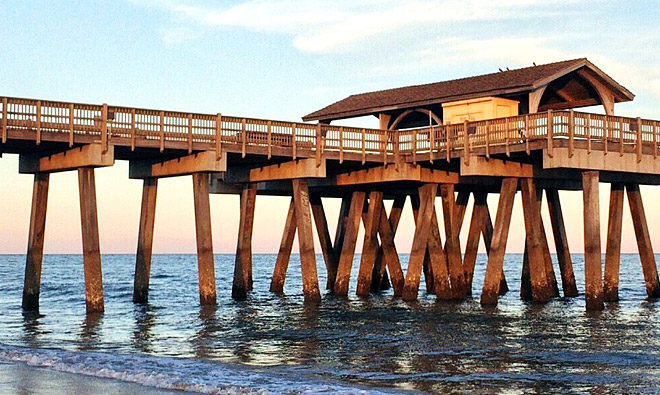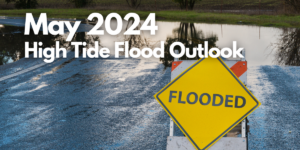Tides & Weather in Georgia
NOTICE FROM US HARBORS
In light of global health concerns and the widespread cancellations of large gatherings, we recommend that you check directly with the organizer to confirm event status prior to attending.
Latest News for Georgia Filter
Gigantic Marine Reptile's Fossils Found by British Girl and Father
By Will Dunham. April 17 (Reuters) - A fossil jawbone found by a British girl and her father on a beach in Somerset, England belongs to a gigantic marine reptile dating to 202 million years ago that appears to have been among the largest animals ever on Earth. Researchers said on Wednesday the… SEE MORE
Making a Marsh out of a Mud Pile
By Erica Gies. In San Francisco Bay, scientists are looking for a better way to rebuild flagging marshland. The water in California’s San Francisco Bay could rise more than two meters by the year 2100. For the region’s tidal marshes and their inhabitants, such as the endangered Ridgway’s rail and the salt marsh… SEE MORE
A New Electric-Powered-Boat Speed Record
By Kevin Falvey. Princeton Electric Speedboating, in coordination with Flux Marine, achieved a record speed for an electric-powered boat. On October 26, 2023, a team of engineering students at Princeton University—Princeton Electric Speedboating—set a new world record of 114.20 mph for an electric-powered boat. The famed pro-outboard hydroplane Big Bird ran on… SEE MORE
Adult Fish Struggle to Bounce Back in Marine Protected Areas
By ecomagazine.com. Age matters when determining how to protect life in the ocean; every population needs a strong cohort of adults to produce the next generation. But many marine protected areas (MPAs) are falling short of their most basic purpose: to rebuild struggling fish populations. In a new study published… SEE MORE
Explore Tides & Weather in Georgia Regions
High Tide Flooding Predictions for May 2024
By US Harbors. Coastal Flooding Outlook for May 2024 Per NOAA, mean sea level is typically higher in the late spring due to changing weather patterns and increasing water temperatures. That said, the outlook for tidal flooding this May is pretty contained, and is certainly less than we saw a… Learn More
National News See All
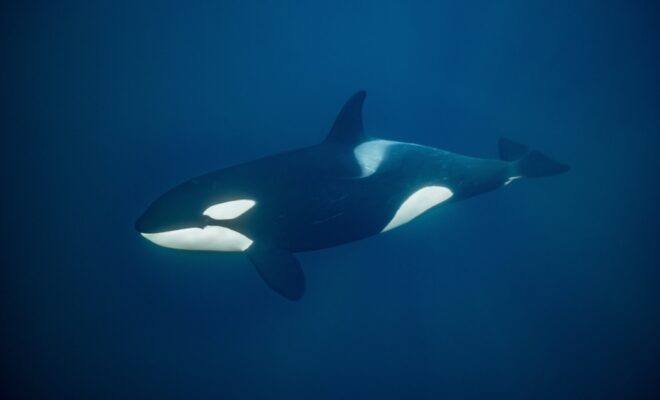
Gigantic Marine Reptile's Fossils Found by British Girl and Father
By Will Dunham. April 17 (Reuters) - A fossil jawbone found by a British girl and… More
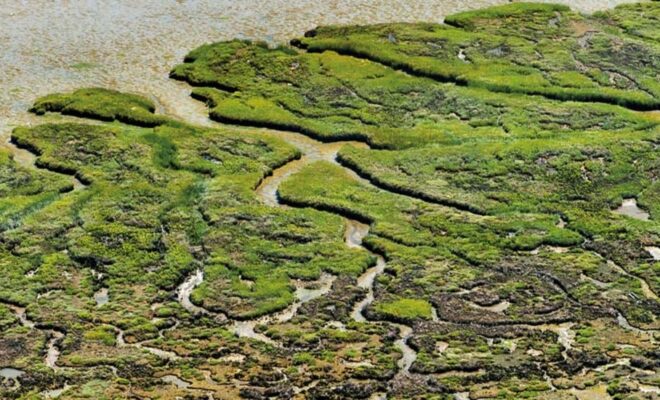
Making a Marsh out of a Mud Pile
By Erica Gies. In San Francisco Bay, scientists are looking for a better way to… More
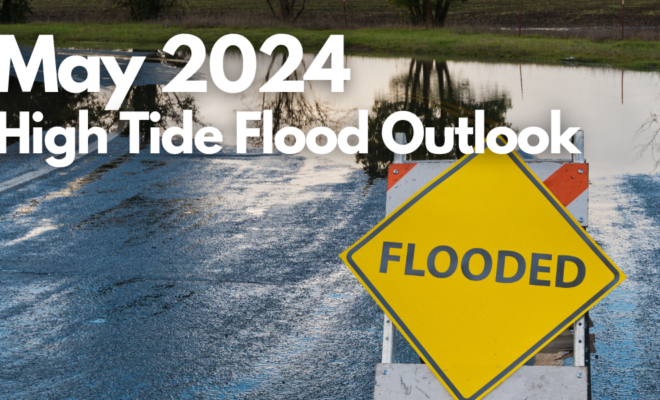
High Tide Flooding Predictions for May 2024
By US Harbors. Coastal Flooding Outlook for May 2024 Per NOAA, mean sea level is… More

A New Electric-Powered-Boat Speed Record
By Kevin Falvey. Princeton Electric Speedboating, in coordination with Flux Marine, achieved a record speed… More
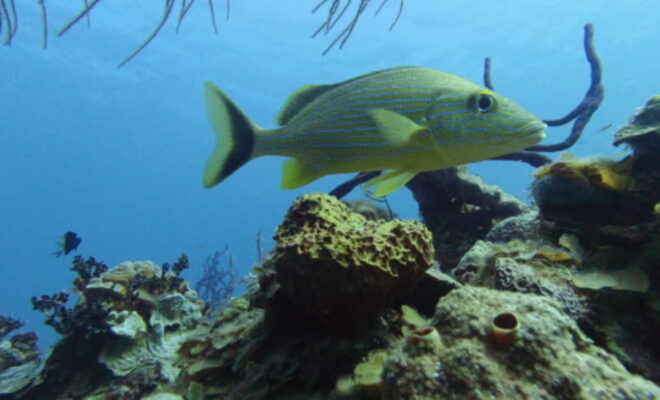
Adult Fish Struggle to Bounce Back in Marine Protected Areas
By ecomagazine.com. Age matters when determining how to protect life in the ocean; every population… More

A Dutch Architect’s Vision of Cities That Float on Water
By Kyle Chayka. In a corner of the Rijksmuseum hangs a seventeenth-century cityscape by the… More
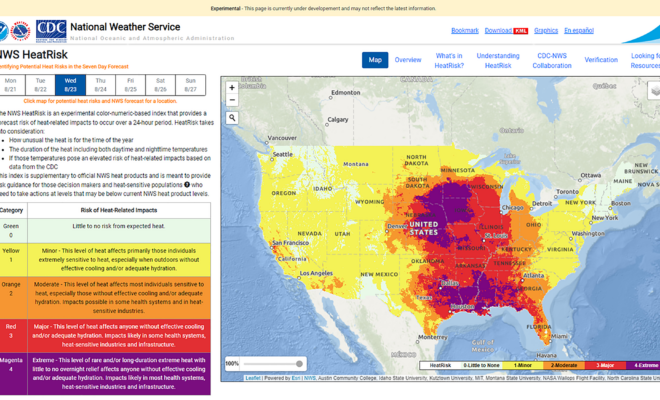
NOAA Announces National Heat Forecast Tool: HeatRisk
By NOAA. NOAA is expanding the availability of a new experimental heat tool called HeatRisk… More
ClimateCoast GuardExtreme WeatherHealth & SafetyWeather & Tides
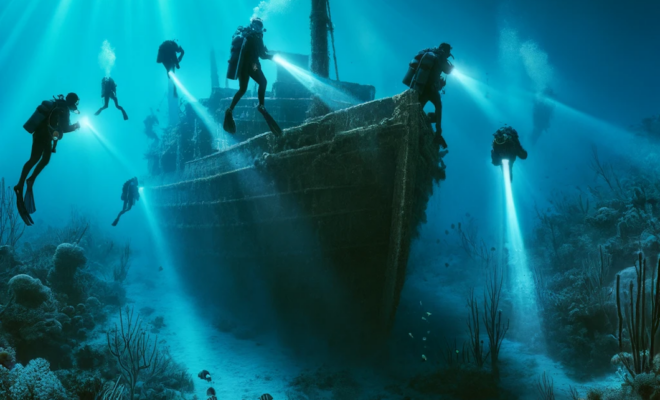
The Hunt for an Elusive Florida Shipwreck That Killed 41 Enslaved People
By KARUNA EBERL. Searching for the slave ship Guerrero, the nonprofit Diving With a Purpose… More
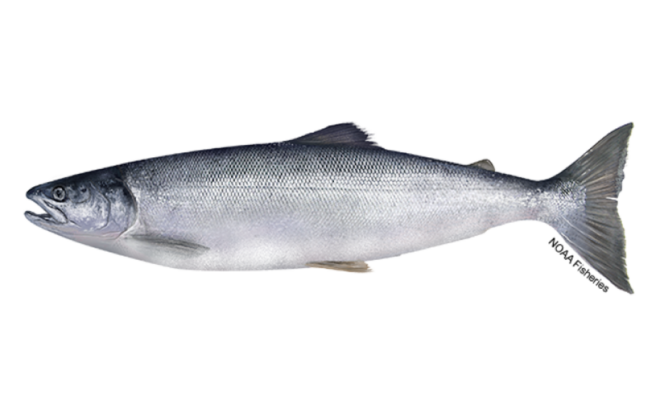
California’s Salmon Season Faces Second Year Closure
By Carli Stewart. All commercial and recreational salmon fishing will be prohibited in California for… More
